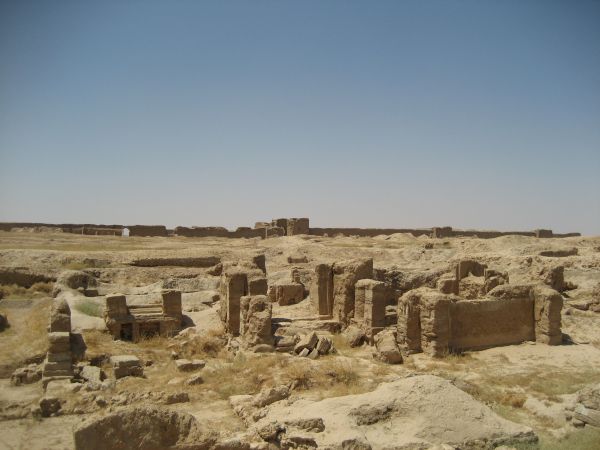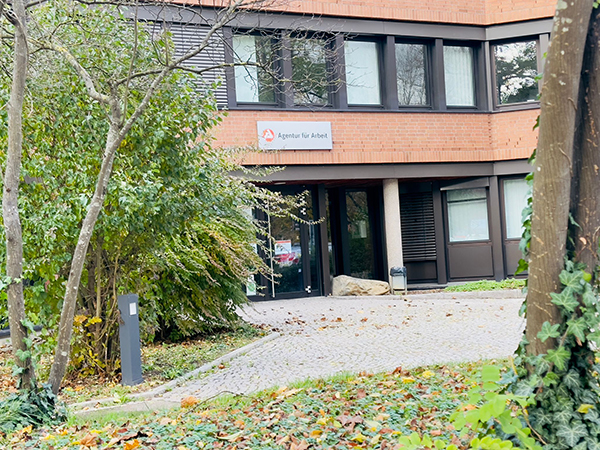By Youssef Kanjou
There are many archaeological sites in Syria that are well-known among archaeologists and in tourism. This is true, for example, of Palmyra on the Western Desert, the city of Mari on the Euphrates and the city of Ugarit on the Syrian coast. But Dura Europos, “Pompeii of the East“ or “Pompeii of the Desert“ as it is also called, is not as famous as other archaeological cities—despite its cultural and historical importance as well as being a very important stop for trade caravans. The comparison with Pompeii is made because in Dura Europos, as in Pompeii, many wall paintings and also organic materials have been found.
The city of Dura Europos is located on the right bank of the Euphrates, near the city of Deir Ezzor. In the past, it was situated at a strategic location, on an important trade route on the Euphrates, and was thus a point of contact between East and West. The city was founded in Babylonian times and was called Dura, which means “fortress“ in the Aramaic language. Later in the Hellenistic period, Greeks founded a city on the remains of Dura and called it Europos, after the city of Europos in historic Macedonia. The current inhabitants call it Salihiya, after Salah al-Din al-Ayyubi, the first Sultan of Egypt and Jerusalem. When archaeologists discovered the city in 1922, they named it Dura Europos.
The city houses many ancient monuments such as high walls, gates, the castle, the theatre, palaces, markets and residential buildings from the Hellenistic and Roman periods. However, the most important feature of the city is the ethnic and religious diversity of coexistence. Indeed, there are more than 18 religious buildings. And these represent various ancient and modern faiths, such as Christianity, Judaism, as well as Greek, Persian, Roman and local Syriac religious communities. Of particular interest among them is a house church, the oldest known to date, and the synagogue painted with figurative scenes. Three Palmyra temples and temples dedicated to the Greek gods Zeus and Artemis were also found.
Further proof that Dura Europos was once a multicultural city are the languages spoken in the city, such as Greek, Latin, Hebrew, Aramaic and Syriac. The archaeological finds in Dura give us an unusually detailed picture of everyday life in the city. Writings, inscriptions and architecture provide abundant information about peaceful coexistence and the fusion of Greek and Semitic culture. In this way, Dura Europos resembles contemporary metropolises such as Berlin, New York and London.
Unfortunately, like all Syrian cities, the ancient city of Dura was affected by the war in Syria, as many parts were destroyed and looted, and it had to be temporarily abandoned by archaeologists and visitors. Nevertheless, its ruins, and the exhibits in numerous museums around the world, such as the Louvre Museum in Paris and the Yale University Museum in New York, will forever bear witness to its history and culture.
tun23071901
Die syrische Stadt Dura Europos, das „Pompeji der Wüste“. Foto: tünews INTERNATIONAL / Yossef Kanjou.
002057




